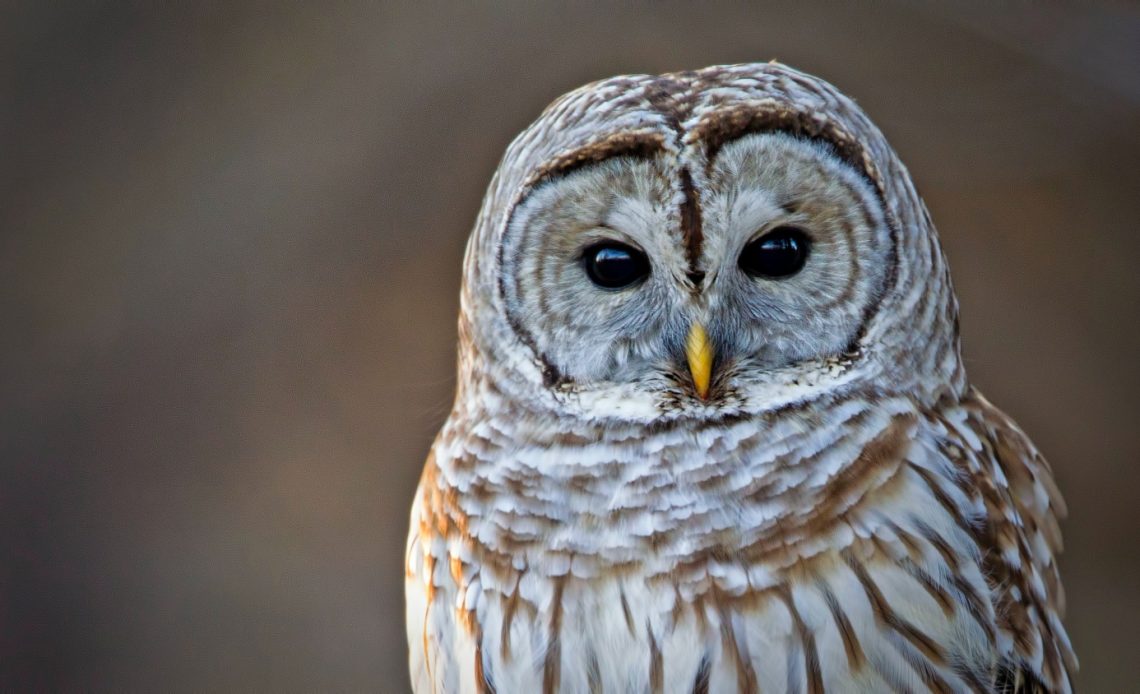

We’re here to help! Wild Yards is a completely free website that is 100% dedicated to helping you create a wildlife-friendly, sustainable yard. Read more
WildYards is reader-supported. When you buy a product through a link on our site, we may earn a comission. Every product is independently selected by our (obsessive) editors and our reviews are unbiased and objective. Read more about our mission or our privacy policy.
Owls are birds of prey that are almost totally carnivorous. Although they will nibble on berries and other fruits when they’re available, plants just aren’t nutritionally dense enough to support an owl’s metabolism and active lifestyle. Owls spend much of their time hunting, consuming a steady supply of calories to keep their weight up. They are sit-and-wait hunters, preferring to ambush their prey to get an easy meal. But how do owls eat, anyway? Do owls have teeth?
No, owls do not have teeth. Owls use their strong feet and sharp talons to capture large prey, and they may tear their meal into smaller pieces with their beaks. But they do not chew their prey. Instead, they swallow it whole and regurgitate the bones and other undigestible bits later on.
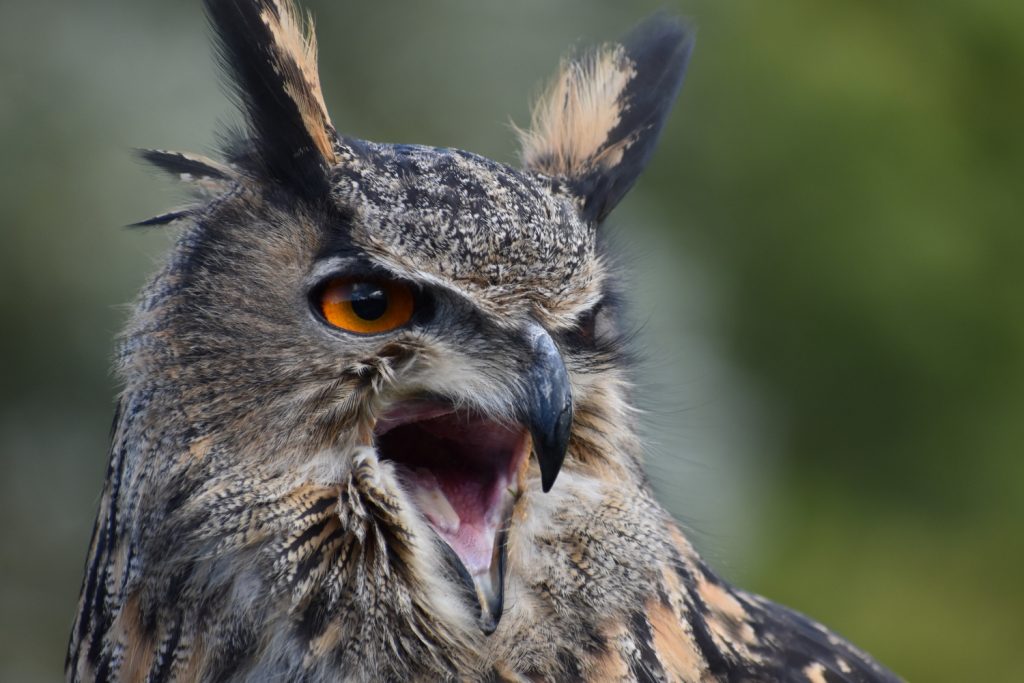
What do owls eat?
Owls will eat whatever is easiest for them to catch. Most owls prefer to prey on small mammals, including mice, rats, squirrels, gophers, voles, and shrews. But owls will also eat insects, snakes, fish, crawdads, birds, frogs, and toads. Elf owls, ferruginous pygmy owls, and other desert dwellers will eat scorpions, too.
Large owls are more likely to go after larger prey. Owls have been known to carry off raccoons, possums, rabbits, and even baby deer. That’s why it’s so important to keep your pets enclosed when they’re outside. Many owls won’t hesitate to attack cats or small dogs, so be sure to supervise your four-legged friends when they’re exploring the great outdoors. Chickens, too, should be secured at all times.
Of course, small owls will attack larger prey if they think it will be worth their while. Screech owls, small raptors that only measure around 10-inches in length, will attack rabbits that are two or three times their size. So it’s hardly unusual to find owls stalking prey that is disproportionately bigger than they are.
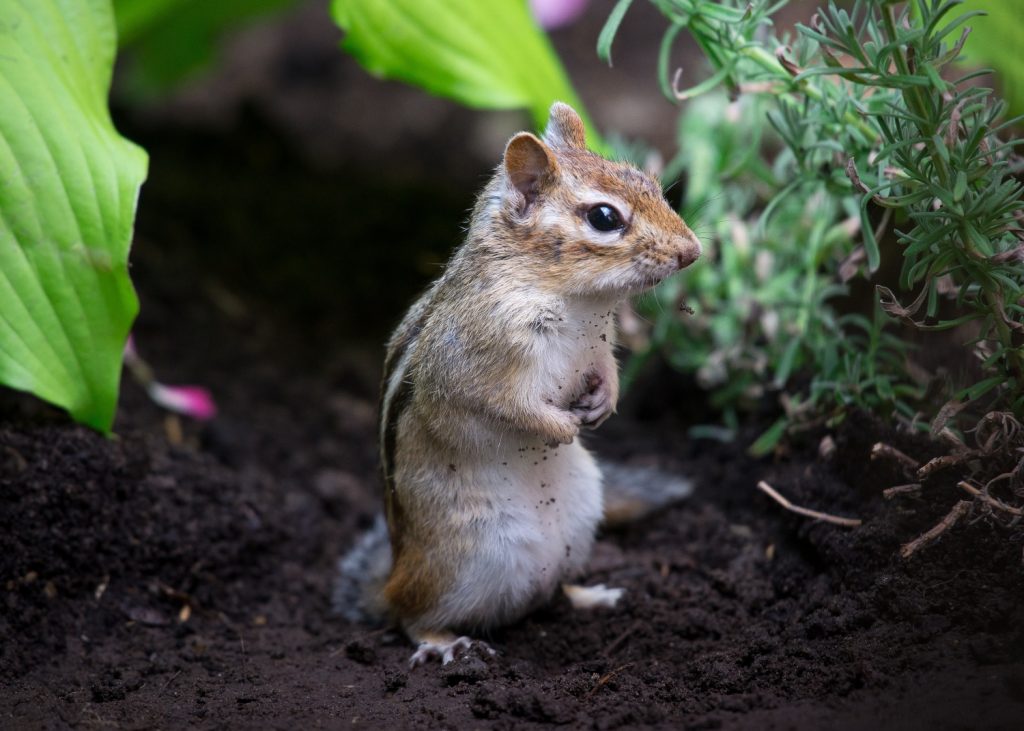
How do owls catch their prey?
Owls are ambush predators, meaning they sit and wait for prey to come to them. In most cases, owls hunt independently. An owl will find a high perch that gives them a clear view of the ground below, then use their keen eyesight and excellent sense of hearing to track their prey. Some owls, like snowy owls and great gray owls, can locate their prey under a dense layer of snow.
When the owl is ready to strike, it will swoop down noiselessly onto its prey, reaching out for the animal with its sharp claws when it’s nearly two feet away. Owls can exert a tremendous amount of pressure on their prey. Great horned owls, for instance, can exert a staggering 500 pounds of pressure per squire inch. This death grip makes escape impossible for the owl’s prey.
Once the owl has secured its meal, it will either return to its perch to eat or cache the kill on thorns or spikes to come back to later. If the owl has owlets nearby, it will carry the prey off to feed them, instead.
Owls occasionally catch insects and other birds right out of the air, an impressive albeit grim feat to onlookers. Cleverly, the burrowing owl lines the entrance of its den with animal dung to attract insects for an easy meal.
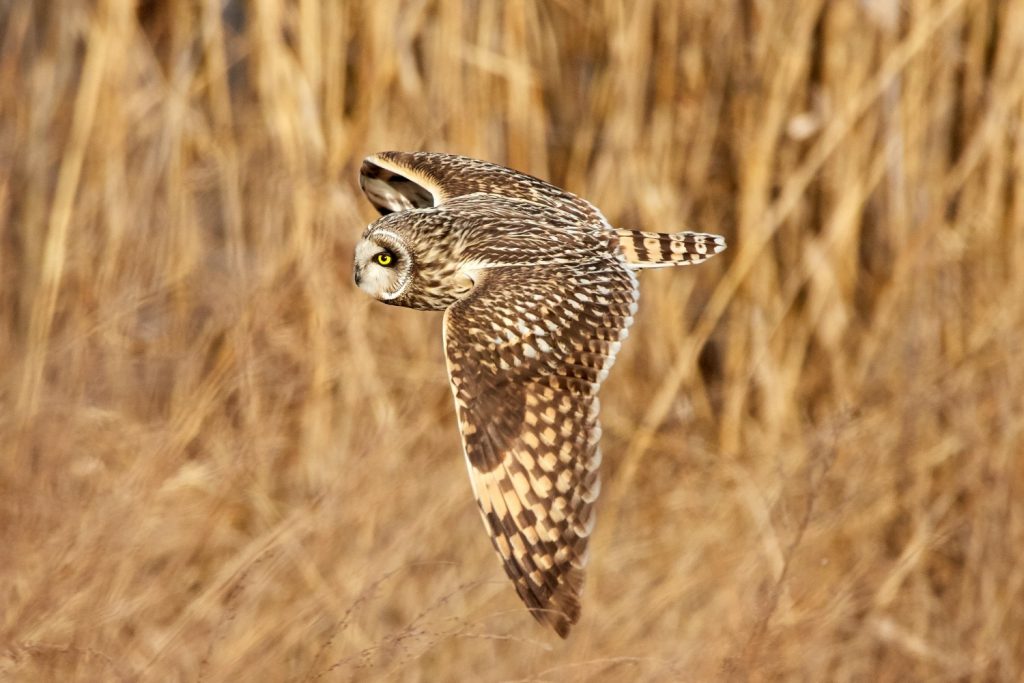
If owls don’t have teeth then how do they eat?
Owls eat their prey by swallowing it hole. This is why owls tend to prefer smaller prey, like mice and voles. When chewing isn’t an option, choosing the smallest bites is the next best thing. If an owl’s prey is too large for it to swallow in one gulp, it will grasp the prey with its talons and use its razor-sharp beak to tear off pieces, eating until it’s had its fill.
How do owls digest their food?
Because owls don’t have teeth, they must rely on their digestion to “chew” their food for them.
When an owl swallows its prey, it goes directly into the owl’s stomach, which has two parts. The first is the glandular stomach or the proventriculus. This stomach produces the enzymes and acids necessary to break the owl’s food down so it can be used for energy.
While meat and other digestible portions of a meal stay in the proventriculus, bones, fur, beaks, and other bits of undigestible matter are kept in the ventriculus or gizzard. This muscular stomach is small and oval in shape and plays a critical role in the development and disposal of owl pellets.
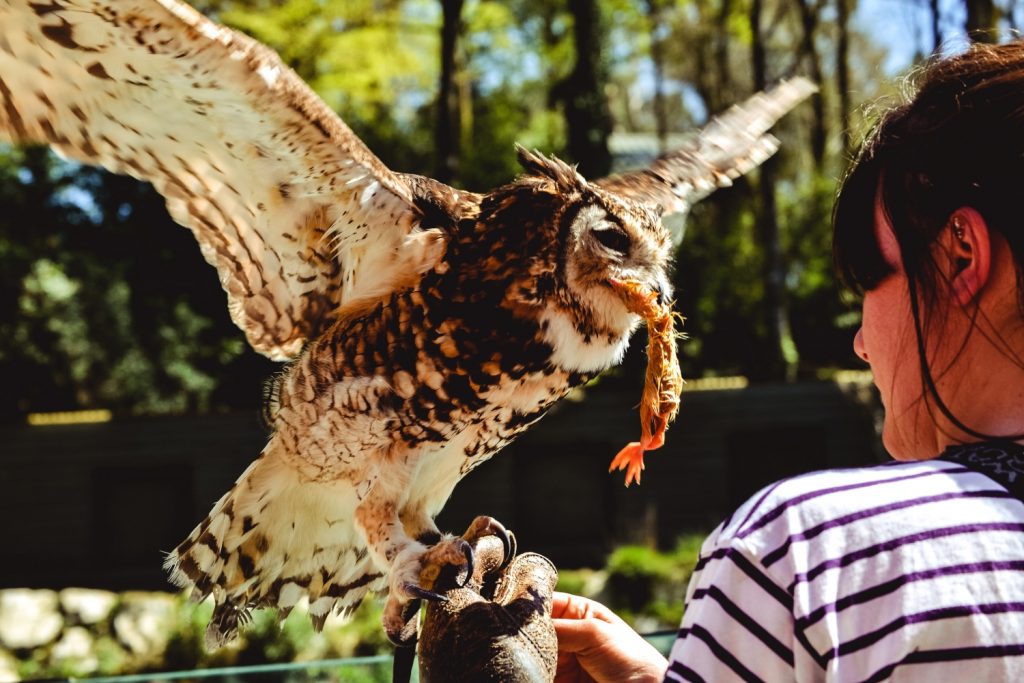
What are owl pellets?
Once the owl has digested all that is digestible of a meal, its gizzard works to remove the parts that cannot be broken down. Owl pellets are the regurgitated remnants of their prey. They are typically white in color and round or oval, as they take on the shape of the gizzard they were once stored in.
It can take an owl up to 10 hours after it eats before it regurgitates a pellet. Owl pellets are typically found near lakes and ponds and on forest floors, particularly under the owl’s nest. But owl pellets can be found anywhere an owl is known to reside, from the deep wilderness to America’s most populated suburbs.
Can you tell what an owl has been eating by looking at the pellets?
Yes, you sure can! Owl pellets are easy enough to dissect, though you should always wear gloves, goggles, and a mask when doing so. And, of course, remember to wash your hands after your little science project. Owl pellets can carry salmonella.
If you find an owl pellet, set it on a piece of parchment paper and use bamboo skewer sticks or something similar to pry the pellet apart. Pellets are generally easy to break up. Once the moisture dries up shortly after regurgitation, there’s nothing to hold the pellet together anymore.
With the pellet opened, take a closer look — what do you see? Sorting through the discarded materials will help you determine what your local owls have been eating. Owls living in forested areas tend to have more fur and bone in their pellets, whereas owls living near water produce pellets full of small shells and crawdad pinschers (which are technically called chelipods).
What can you do to help feed local owls?
When food is scarce, owls may have to migrate outside of their home territories to find more resources. Some owls may also choose not to breed during years when prey is hard to come by. If you’re wondering how to feed local owls, here are a few things you can do.
Leave brush piles in your yard
Rodents just love to make their homes in old brush piles. Leave sticks, branches, dead leaves, and other organic materials piled up in your yard, preferably in an area that doesn’t get much traffic. Field mice and rats will soon take up residence in them, and once they do, it’s only a matter of time before owls track them down. (Note: refrain from using rat poison when attracting rodents to feed owls. Owls who eat rodents that have consumed these substances may be poisoned themselves as a result).
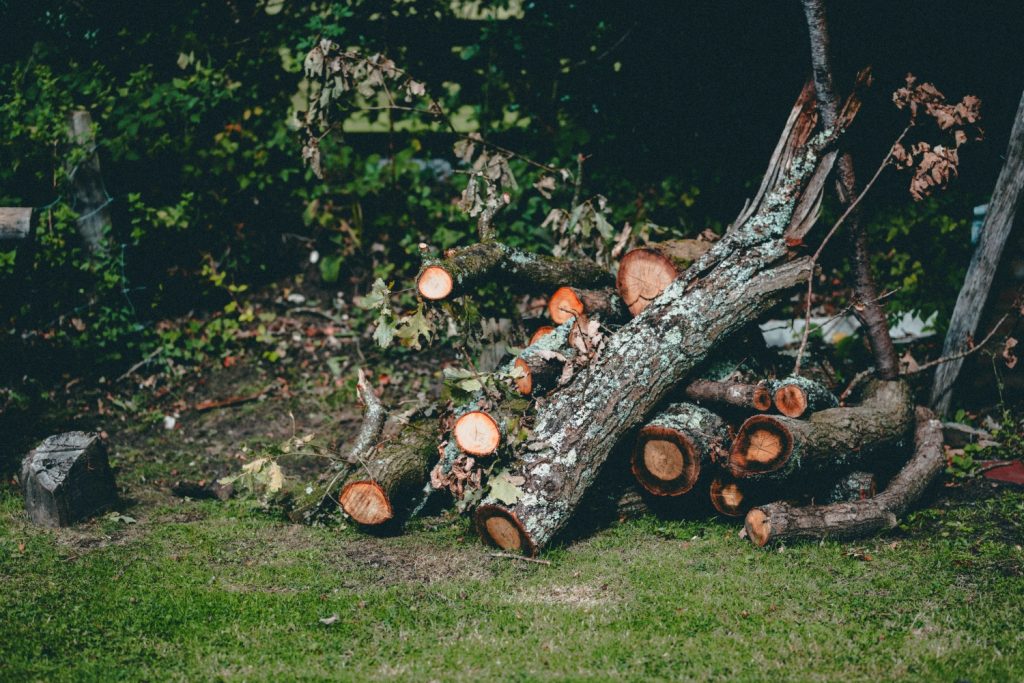
Dig a pond
While this may not always be a viable option, for those who have the space in their yard and in their budget, digging a pond can be a fantastic way to feed local owls. The pond doesn’t have to be huge. Something as small as 6 feet by 8 feet, with a depth of at least 2 feet, would be enough to attract an owl’s attention. The frogs, snakes, and birds who find their way to the pond will be enough to help feed local owls, but also consider stocking the pond with small fish.
Keep the lawn unmowed
Snakes, rodents, and birds feel safer moving through an unmowed lawn than they do a well-kept one. Tall grass conceals them from predators. Well, most predators, anyway. Owls have such incredible hearing that they can easily zero in on prey traipsing through an uncut lawn. If you must mow, only cut a few walking paths for yourself, and leave the rest of your lawn untouched.
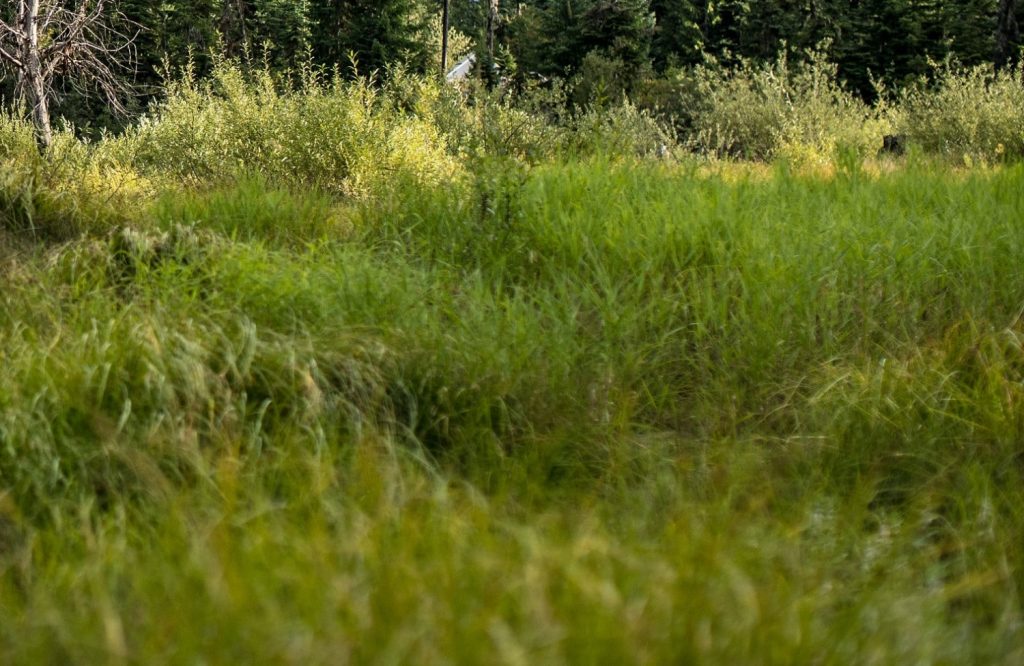
Should you feed local owls?
While owls are natural-born hunters and unlikely to rely on humans for food, you shouldn’t leave food sitting out for them. Owls are wild animals and should be treated as such. Encouraging your local owl’s preferred prey to live on your property is more than enough to help feed these magnificent predatory birds.
Instead of leaving food out for your neighborhood owls, consider installing a nesting box, instead. Owls are in far greater need of places to live than they are of food. Because owls don’t build their own nests, they’re constantly on the lookout for tree hollows, fallen logs, empty metal tubing, and abandoned bird nests to roost in.
You can purchase an owl box online, or build one instead if you’re looking for a fun weekend project. Some owls, like the great horned owl, actually prefer nest cones over nesting boxes. So consider building one of those, too. Learn more about which owl species frequent your area by reading up on the 19 types of owls in the United States. That way, you can provide resident owls with the best home possible.
